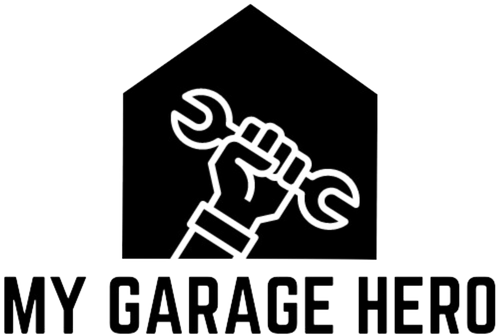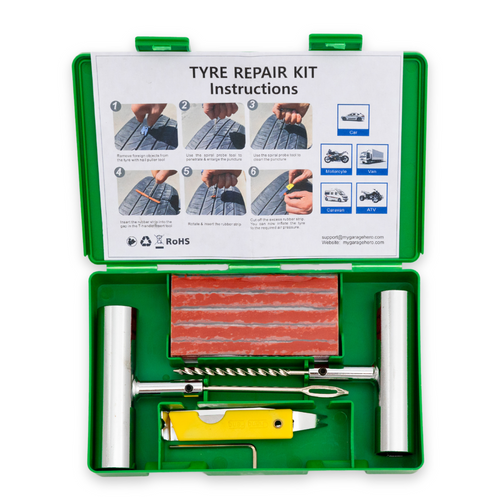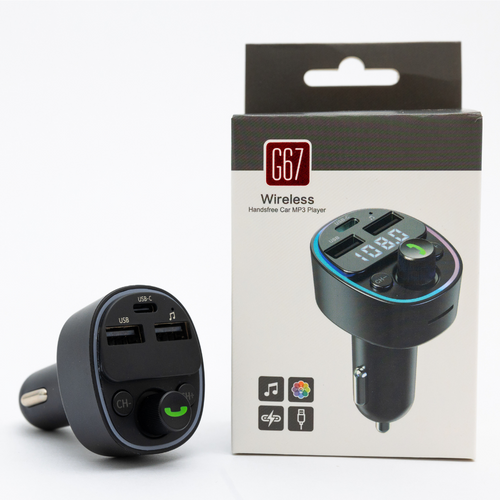Buying a car in Australia can feel like navigating a maze of hidden fees, fast-talking salespeople and ever-changing prices. This car buyers guide gathers the latest 2025 data, insider tactics and practical checklists into one definitive resource, so you can drive away knowing you secured the right vehicle at the right price.
Understanding Your Needs
Assessing Your Lifestyle
Before Googling specs, list how you actually live:
-
Passenger load: kids, pets, workmates.
-
Weekly kilometres: CBD crawl vs long highway runs.
-
Cargo demands: sports gear, tools, prams.
-
Future changes: growing family, interstate move, remote work.
Identifying Vehicle Types
Match the lifestyle list to a class:
-
Light hatchbacks – cheapest to own and park.
-
Small/medium SUVs – flexible cargo and higher ride height.
-
Dual-cab utes – tow ratings up to 3.5 t.
-
EVs & hybrids – low running costs, green-plate perks.
Setting a Budget
Including All Costs
Sticker price is just the start. Add:
-
Stamp duty & rego – 3–5 % of sale price depending on state.
-
Comprehensive insurance – ~$1,100 yearly for new drivers.
-
Servicing & tyres – budget $1,500–$2,000 per year.
-
Fuel or charging – work out with ADR fuel figures or kWh/100 km.
-
Emergency buffer – $800 for immediate fluids, filters and a pre-purchase inspection on a used car.
Best Time to Buy a Car
EOFY clear-outs, model-year run-outs (Oct–Dec), quarter-end targets (Mar, Jun, Sep, Dec) and the slow January period offer the best leverage. Ask how long a vehicle’s VIN has been on the lot; units unsold for 90 days cost dealers interest and motivate deeper discounts. Knowing the best time to buy a car can save thousands in instant drive-away reductions. This advice is especially important for those following a first time car buyer guide or using a used car buyers guide.
The Used Vehicle Guide
Pros & Cons of Going Used
| Advantage | Watch-outs |
|---|---|
| Lower purchase price & slower depreciation | Shorter warranty or none |
| Cheaper insurance premiums | Unknown past damage |
| Wider choice in each budget | Higher finance rates |
Key Features to Look For
-
Full logbook history.
-
Clear PPSR report (no finance owing, no write-off record).
-
Independent inspection by a licensed mechanic.
-
Transferable factory warranty – many brands now offer five-year minimum coverage.
-
Safety tech – AEB, lane-keep, at least six airbags.
Step-by-Step Used Car Assessment (20-Minute Driveway Test)
-
Walk-around: look for mismatched panels, overspray, tyre tread ≥3 mm.
-
Interior scan: water / mould smell, worn pedals vs claimed kilometres.
-
Engine bay: check oil cap (milky sludge = coolant leak), belts, battery date.
-
Startup: cold-start idle should settle in <30 sec with no valve tick.
-
Test-drive: 0–60 km/h pull, hard brake, full-lock turn in empty lot.
-
OBD-II scan: inexpensive reader checks hidden fault codes.
Download our printable used vehicle guide inspection sheet for your next viewing.
Quick tip: Search "car buyers guide used" or "used car buyers guide" plus the model name on forums to spot common faults before inspection.
First Time Car Buyer Guide
If this is your first purchase:
-
Get pre-approved finance before visiting a lot—stops "monthly payment" traps.
-
Bring backup: friend who knows cars or pay for a mobile inspection.
-
Test-drive rivals back-to-back on the same day.
-
Sleep on it: never sign the contract on the first visit.
This first time car buyer guide is perfect for those unfamiliar with the buying process and looking for practical, clear advice.
Buying a Car Checklist
Use this buying a car checklist every time you shop:
-
Short-list three models that fit lifestyle and budget.
-
Research true drive-away prices on CarsGuide, RedBook and dealer ads.
-
Arrange finance and insurance quotes.
-
Book inspections & test-drives.
-
Verify PPSR and logbooks.
-
Negotiate (see next section).
-
Review contract: build date, options, on-road costs, delivery date.
-
Pay deposit using credit card for charge-back safety.
-
Collect the car; inspect again before driving off.
This car buyers guide used checklist ensures you never miss a crucial step.
Car Negotiation Strategies
Knowing solid car negotiation strategies can slash thousands:
Researching Market Prices
Check VFACTS reports and recent dealer ads for fair-market averages. Keep screenshots handy.
Effective Techniques
-
Ask for drive-away price first.
-
Leverage silence: let sales staff fill the gap with a sweeter deal.
-
Bundle extras: free tint, mats, or servicing instead of further discount.
-
Use competing quotes: dealers often match to stop you walking.
-
Know your walk-away number and be prepared to leave.
Final Steps Before Purchase
Inspecting the Vehicle at Handover
-
Confirm VIN matches contract.
-
Check paint for delivery damage.
-
Test all electronics (infotainment, cameras, AC).
-
Ensure spare key, books, tyre tools are provided.
Financing & Insurance
-
Compare bank, credit-union and dealer finance; a 1 % lower rate on a $40 k loan saves about $800 over four years.
-
Lock in comprehensive insurance before pickup.
Closing the Deal
-
Read cooling-off details (differs by state).
-
Keep digital copies of every document.
-
Pre-book first service to maintain warranty compliance.
This part of the car buyers guide australia helps ensure you close the deal confidently and without missing key documentation.
Frequently Asked Questions
Is EOFY really the cheapest period?
Yes—dealers chase annual volume bonuses leading to nationwide drive-away discounts.
How long should a new-car warranty last?
Mainstream brands now offer at least five years/unlimited kilometres, with some stretching to ten.
Can I return a lemon?
Australian Consumer Law entitles you to a refund or replacement for major faults, regardless of the manufacturer’s warranty.
Ready to Buy?
Bookmark this car buyers guide australia edition and return whenever you need a refresher. By following the steps above, you’ll avoid common traps—and enjoy that first drive knowing you made a smart, informed decision.




